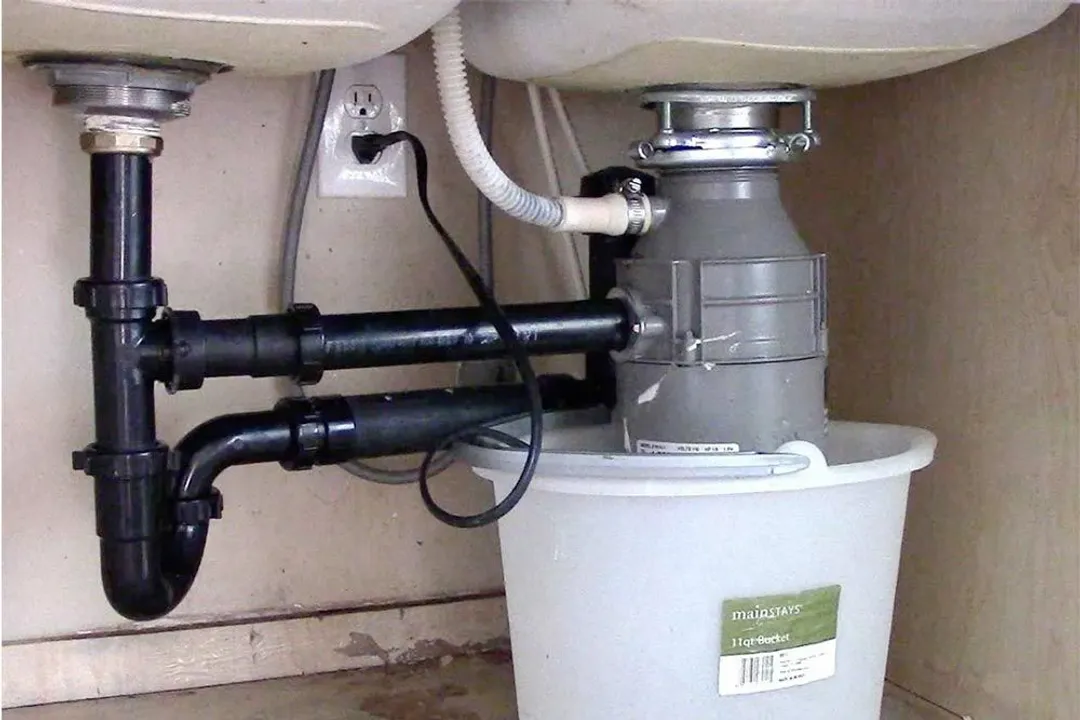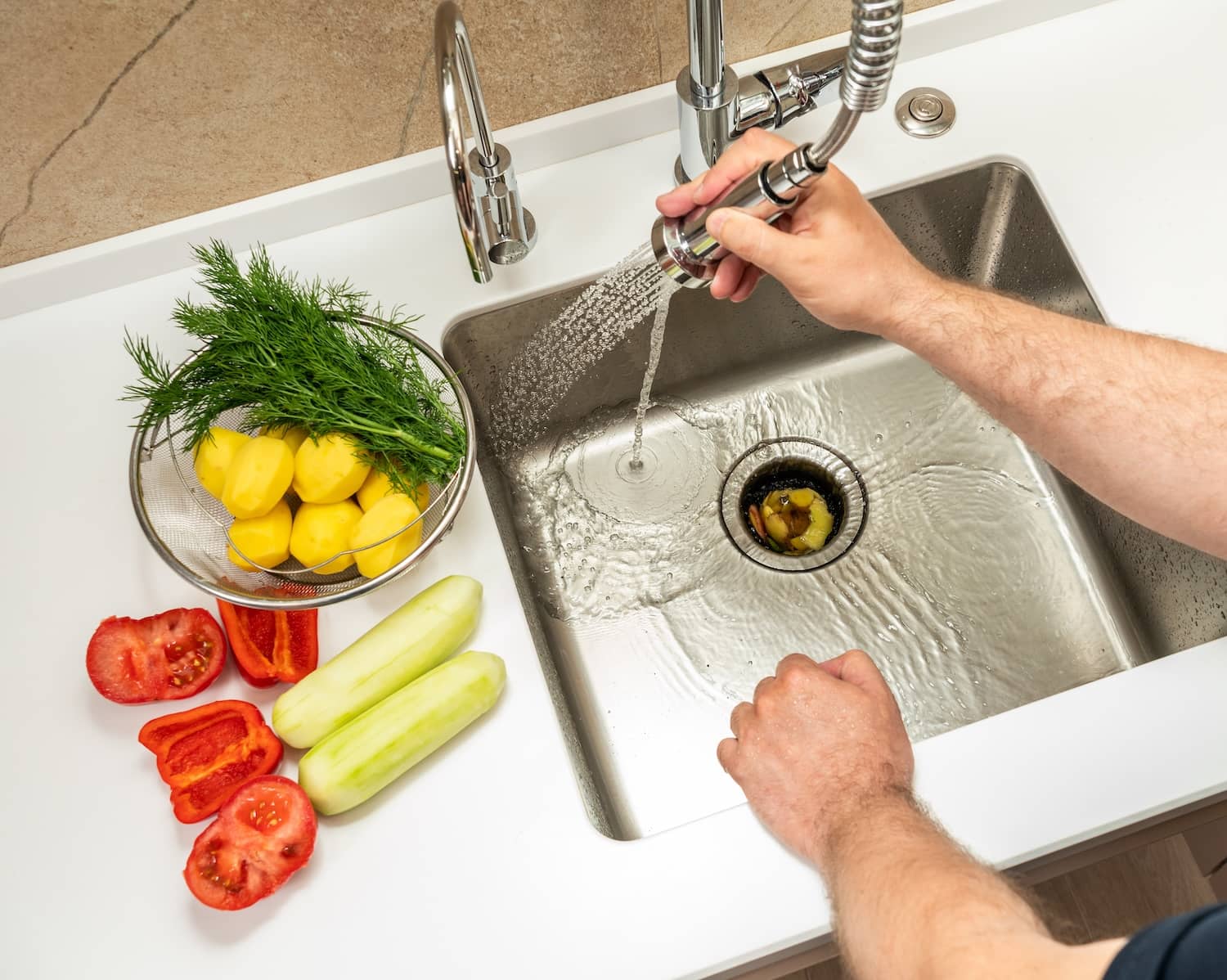Fast Solutions for Fixing a Dripping Waste Disposal Unit
Fast Solutions for Fixing a Dripping Waste Disposal Unit
Blog Article
On this page down the page you will find some sensible details involving How to fix a pretty consistent leak from my garbage disposal.

Garbage disposals are important kitchen appliances that help in dealing with food waste efficiently. Nevertheless, a leaking waste disposal unit can be an irritating and unpleasant problem to take care of. The good news is, many leaks can be fixed conveniently with a few simple actions. In this write-up, we will certainly go over how to deal with a leaking waste disposal unit successfully.
Introduction
Garbage disposals are mounted under kitchen sinks and are created to shred food waste into smaller items, permitting it to pass through the plumbing system conveniently. While these gadgets are usually reputable, leakages can take place over time due to deterioration, loosened links, or damages to the device.
Common Reasons For Leaks in Rubbish Disposals
Worn Seals and Gaskets
Seals and gaskets play a critical duty in protecting against water from dripping out of the waste disposal unit. Gradually, these elements can deteriorate, causing leakages around the disposal unit.
Loose Links
The links in between the garbage disposal and the plumbing system can come to be loose with time, causing water to leakage out throughout procedure.
Cracks or Openings in the Disposal Unit
Physical damages to the garbage disposal, such as cracks or openings in the housing, can likewise result in leakages.
Identifying the Source of the Leakage
Prior to attempting to deal with a leaking garbage disposal, it is essential to determine the resource of the leak. This can typically be done with aesthetic inspection or by carrying out straightforward tests.
Visual Evaluation
Check the waste disposal unit unit thoroughly for any type of indications of water leak. Pay close attention to areas around seals, gaskets, and link points.
Evaluating for Leakages
One method to examine for leaks is by running water through the disposal device and checking for any kind of noticeable indicators of leak.
Devices and Materials Needed for Dealing With a Dripping Waste Disposal Unit
Prior to beginning the repair service process, gather the essential devices and materials, including a screwdriver, flexible wrench, plumbing technician's putty, replacement seals or gaskets, and epoxy or patching product for repairing splits or holes.
Step-by-Step Overview to Fixing a Dripping Garbage Disposal
Switch off the Power
Before trying any type of fixings, make sure that the power to the waste disposal unit unit is switched off to avoid the threat of electric shock.
Find the Leakage
Identify the precise place of the leak and determine the reason.
Tighten up Links
Utilize a wrench to tighten any kind of loose connections in between the disposal unit and the pipes system.
Replace Seals or Gaskets
If the leak is because of worn seals or gaskets, get rid of the old components and change them with new ones.
Patching Fractures or Holes
For splits or openings in the disposal unit, usage epoxy or a suitable patching product to seal the broken location.
Evaluating the Waste Disposal Unit After Repair
As soon as the fixing is complete, check the garbage disposal by running water via it to make sure that the leak has actually been fixed.
Preventive Maintenance Tips to Prevent Future Leaks
To avoid future leaks, it is necessary to carry out normal upkeep on your garbage disposal. This consists of keeping it tidy, staying clear of putting non-food things or hard items down the disposal, and periodically looking for leaks or other concerns.
Verdict
To conclude, taking care of a dripping waste disposal unit is a fairly simple procedure that can be completed with basic devices and materials. By complying with the actions detailed in this write-up and exercising precautionary maintenance, you can maintain your garbage disposal in good working condition and avoid costly repairs in the future.
HERE’S HOW TO FIX YOUR GARBAGE DISPOSAL
WHAT TO DO IF SOMETHING IS STUCK IN YOUR GARBAGE DISPOSAL
If the impeller won’t turn, there’s probably something stuck in the disposal. It could be a steak bone or peach pit, although plumbers report pulling all sorts of inappropriate objects out of disposals, such as bottle caps or aluminum foil. Make sure power to the disposal is off, and look inside to see if you can see the source of the jam.
Never stick your fingers in a disposal. Pull out anything you see with tongs or pliers.
If the disposal still won’t work, it may be time to call a plumber or consider buying a new disposal. GEM Plumbing & Heating is here for all of your garbage disposal needs.
WHAT TO DO IF YOUR GARBAGE DISPOSAL DRAIN IS CLOGGED
Take everything out from underneath your sink and put a bucket or other container under your disposal to catch any water that drains out. Disconnect your disposal from the power supply. If it’s plugged into a wall outlet, unplug it. If it’s hardwired into an electrical box, go to the electrical panel and turn off the breaker for the disposal. Pour ¼ cup of baking soda into the drain, followed by ½ cup of white vinegar. Give the solution a few minutes to fizz and do its work. Look into the disposal with a flashlight to see if you can see an object that might be causing the clog. If you see it, remove it using tongs or pliers. MORE TIPS ON DEALING WITH A CLOGGED GARBAGE DISPOSAL
Never use drain cleaner in a garbage disposal. It can damage the plastic parts inside the disposal. You can also be splashed with the caustic liquid while working to clear the clog. Beware! Never stick your fingers into a garbage disposal. Trust us — not a good idea. In many instances, your dishwasher drains through your garbage disposal. This allows the disposal to grind any large food particles that may be drained out of your dishwasher. There are some jurisdictions, however, where the plumbing code prohibits such a connection. WHAT TO DO WHEN YOUR DISHWASHER DRAINS THROUGH THE DISPOSAL
Run some water in the sink so your plunger has at least a ½-inch of water to create a seal and plunge vigorously up and down several times. You may need to repeat this several times. Run hot water down the drain to clear any residue that remains.

As a serious person who reads on Why Is , I figured sharing that piece of content was sensible. Are you aware of anybody else who is inquisitive about the niche? Take a moment to share it. Many thanks for your time. Kindly visit our site back soon.
Book Instantly Report this page